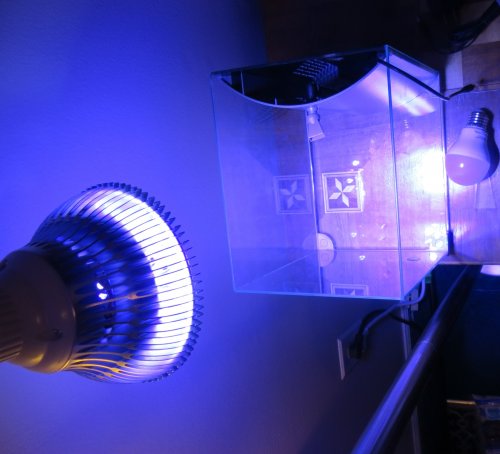This forum is for discussion involving light choices.
Why did you choose this light?
Where did you get it?
Cost?
What type of settings?
Suggested timings.
Reply to this thread with all lighting related questions, discussions, and links.
Why did you choose this light?
Where did you get it?
Cost?
What type of settings?
Suggested timings.
Reply to this thread with all lighting related questions, discussions, and links.
Last edited:



